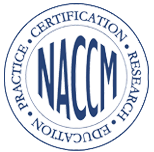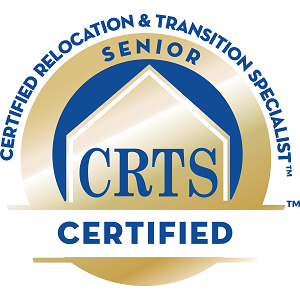Assisted Living Facility vs Nursing Home: What You Need to Know
If you or an elderly loved one has reached a point of needing more care or assistance than is practical in the home, it may be time to think about a residential care facility.
Many people think of the phrase “nursing home” as a catch-all umbrella term for these types of facilities. However, if you are considering long-term care solutions, you should know that nursing homes and assisted living facilities are not the same thing.
To determine what kind of care you or your loved one may need, and one kind of facility may best suit your needs, it’s important to understand the differences between assisted living and nursing homes, as well as the services, costs, and features of each type of facility.
This article will help you discover the information you need in order to choose the right care for your loved one or yourself.
Assisted Living Facility vs Nursing Home: What‘s the difference?
Both types of facilities offer some of the same basic services, such as assistance with daily tasks, enrichment activities, and housekeeping, transportation, medication, and nutrition options.
Ultimately, both types of facilities work hard to keep their residents happy and healthy. That said, it’s important to understand the distinctions between them when approaching your own decision.
Overall, the biggest difference between assisted living facilities and nursing homes is the type of care provided. Nursing homes, however, generally focus more on high-level medical care.
A resident of a nursing home will receive around-the-clock attention in a more clinical, hospital-like setting. Nurses administer medication and monitor the residents, meals, cleaning, and laundry are handled by the staff, and rehabilitative services, such as physical therapy, are also available.
A nursing home setting is usually better for someone with needs that cannot be met in other ways — like severe or debilitating physical or cognitive conditions that require 24-hour personal care. For example, those who are bedridden, wheelchair-bound, struggling with decreasing hygiene or mental acuity, or who are experiencing increased falls or injuries may require the services of a nursing home.
Nursing homes have entry requirements, which vary by state but often include a prescription from a physician, a physical examination, and approval from the state. Seniors who do not meet the qualifications are better served by a moderate level of care, such as that offered by assisted living facilities.
The long-term care at a living facility is not as intensive (or intrusive), but on the other hand this type of facility maximizes the senior’s quality of life through greater privacy and independence. For seniors who are in better health, fairly mobile, and are able to prepare their own meals and manage their own medication, assisted living can be a much more appealing option in terms of lifestyle.
Cost and payment
While neither living facilities nor nursing homes are exactly cheap, nursing homes can actually be more than twice as expensive as assisted living. On average, a semi-private or private room in a nursing home ranged from $225-$253 a day, or $6,844 to $7,698 per month in 2016. In comparison, the national average cost for a one-bedroom unit in an assisted living facility the same year was $119 a day, or $3,628 per month.
Payment options also differ; assisted living is predominantly paid out-of-pocket, although assistance is available, including VA benefits and insurance. Meanwhile, nursing homes are often covered by Medicare or Medicaid.
Lifestyle and wellbeing
In addition to separate levels of medical care, assisted living facilities and nursing homes also differ considerably in the lifestyle of their residents.
As mentioned, the atmosphere of a nursing home is often closer to that of a hospital, whereas assisted living facilities strive to create a more social, active, and autonomous community environment.
Assisted living residents usually have their own private living space, often with kitchens so that seniors can prepare their own meals. In many cases, they are even able to keep pets. Assisted living is also likely to offer extensive grounds or other outdoor space, and the option for residents to keep their own doctors and transport themselves to and from appointments (although transportation assistance is sometimes available at an additional cost).
Finally, assisted living facilities usually schedule daily activities, as well as regular trips outside of the home.
How do you know when it’s time for long-term care?
Making the transition from independent to assisted living is never easy, for the senior or their loved ones. But there may come a time when it is genuinely the right choice to ensure the best possible quality of life.
Chronic health problems, recent falls or injuries, forgetting to take medication, poor hygiene or eating habits, or a decreasing ability to handle daily activities can all be signs that it may be time to consider assisted living.
The decision is very personal, and in deciding you’ll need to balance the needs and constraints of yourself and your loved ones.
While nobody can make the final choice for you, Reflections Management and Care stands ready to support you in this challenging time. We have the knowledge and experience to assist families with long-term care arrangements, everyday issues, and senior care advocacy. Moreover, we act as a connecting bridge between the client, their family members, and supporting services in the Central New York area.
To learn more about our relocation management services, sign up for our newsletter, here, and receive up-to-date information directly to your inbox.














